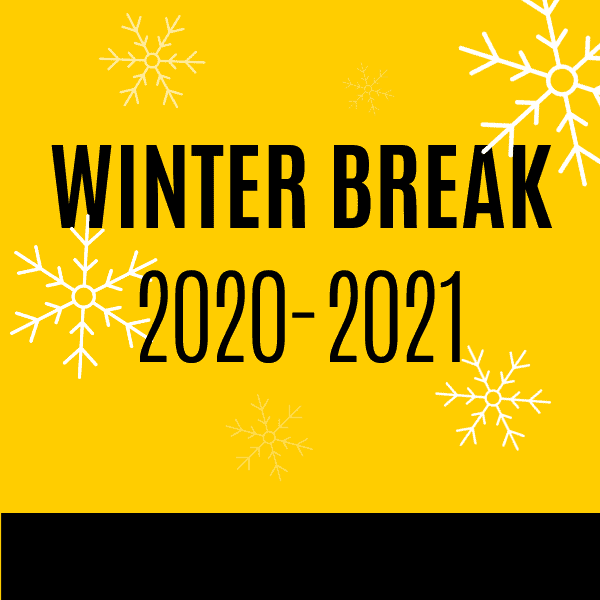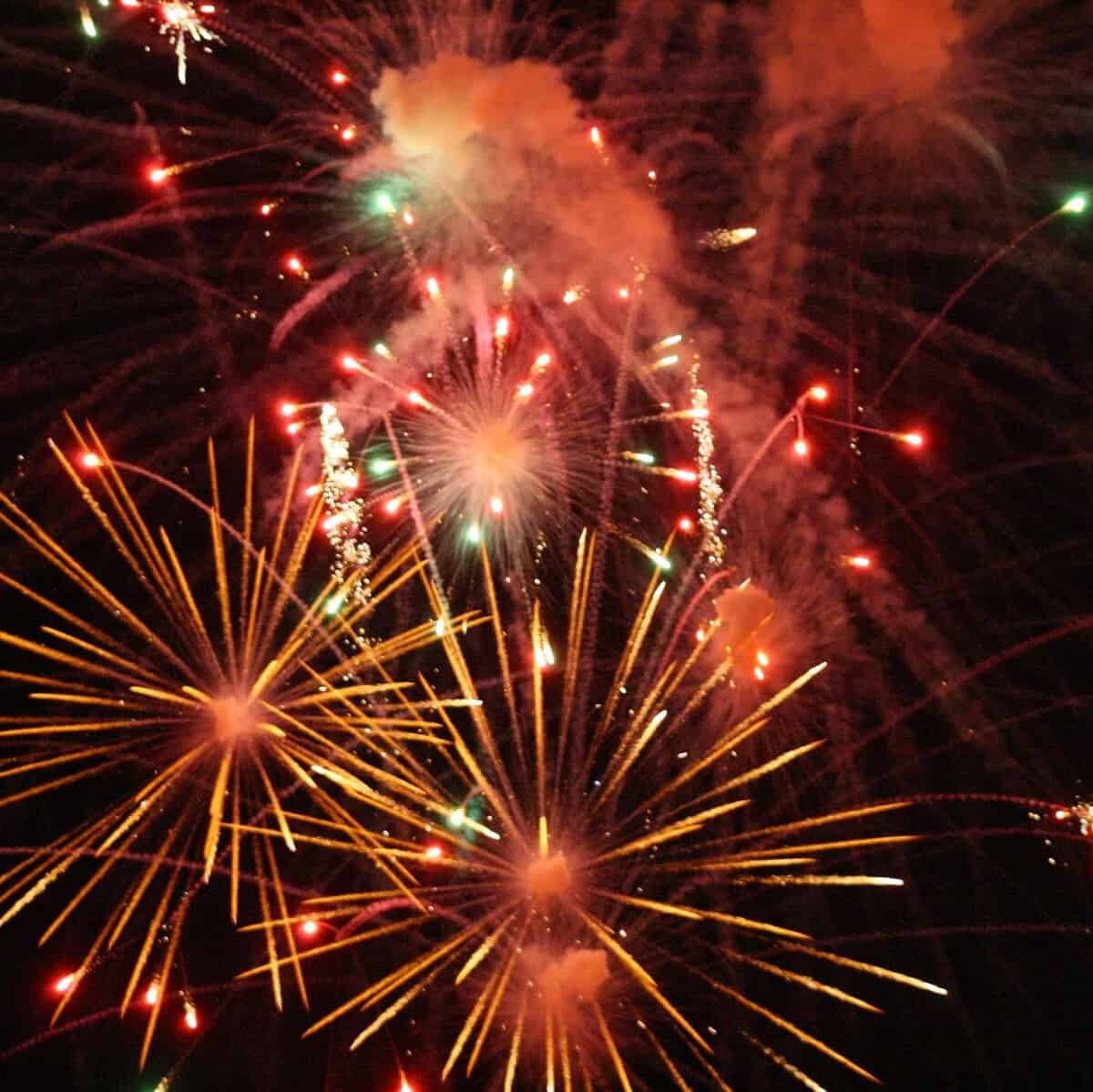Electrical engineer and genius, Nikola Tesla was born in Smiljan, Austrian Empire (now Croatia) on July 9th or 10th, 1856, making this weekend his 166th birthday! He showed an interest in engineering from a very young age. Some inspiration probably came from his mother Duka, who was known for fashioning her own tools for use aroundContinue reading “Happy Birthday Nikola Tesla!”
Category Archives: Holidays
Happy International Women in Engineering Day!
Let’s celebrate International Women in Engineering Day! 47% of the American workforce is made up of women, but only 14% of engineers and only 20% off engineering students are women. In fact, while the number of female engineering students has increased, 40% of female graduates leave or never find a job in the field. AccordingContinue reading “Happy International Women in Engineering Day!”
Flip Flop Day!
We’ve had a very hot week, so it’s fitting that it is National Flip Flop Day! Celebrated the third Friday in June, National Flip Flop Day was created by the restaurant Tropical Smoothie Cafe as a fundraiser for Camp Sunshine, a summer camp for children with life-threatening illnesses. Flip flops became popular in America afterContinue reading “Flip Flop Day!”
Happy April Fools Day!
April Fools Day is a day for pranks and tricks, both of which are College of Engineering traditions. These pranks were almost all aimed at the Law Students (often called “Laws”), with whom the Engineering Students had a long-running rivalry. The pranks usually took place during MECCA Week (the week of St. Patrick’s Day). HereContinue reading “Happy April Fools Day!”
Gingerbread Engineering
Snow will soon be here and it’s time for wintertime traditions – which includes gingerbread creations! National Gingerbread House Day is December 12th. Early history of the recipe is hazy, and may range to as far back as Ancient Greece in 2400 BCE to France in 992 AD. Early on, gingerbread was used in religiousContinue reading “Gingerbread Engineering”
Happy Native American Heritage Month!
November is Native American Heritage Month, so let’s celebrate some Native American Engineers! Ely S. Parker (1828-1895) – Seneca, Civil and Military Engineer Born in 1828 on the Tonawanda Indian Reservation, Ely S. Parker lived up to his Seneca name of Do-ne-ho-ga-wa, which means “Open Door.” When doors were closed to him because of hisContinue reading “Happy Native American Heritage Month!”
Engineering Halloween
Happy Spooky Season! The weather is changing here on campus and it’s almost time for Halloween. You may wonder why the Engineering Library would care about a holiday that we celebrate by dressing up and eating candy. Remember – engineering is the science of applied EVERYTHING and that includes Halloween! Come on in and check outContinue reading “Engineering Halloween”
Winter Break Information!
Winter Break is Almost Here! Beginning December 21st, the Monday after Finals Week, the Seamans Center and the Library will be closed to the public. During this period, the Library will be transitioning to “Curbside” and “Virtual” availability until January 15th. Winter Break Dates: December 21 & 22, 2020 – Curbside and Virtual DecemberContinue reading “Winter Break Information!”
Shortened Hours During Thanksgiving Break!
Monday – Tuesday November 23rd – 24th In-person & Virtually: 8:30 AM – 3:00 PM CLOSED Wednesday – Sunday November 25th – 29th REOPEN 8:30 AM Monday, November 30th
Fireworks!
It is already July, when we would normally be thinking of parades, fireworks, and picnics. Things will definitely be different this summer! Many communities are looking for creative and safe alternatives to the traditional fireworks gatherings. The fear is there will more backyard firework displays – leading to more accidents and injuries. Some placesContinue reading “Fireworks!”


